Illustration by Spencer Holladay, USA TODAY Network; Getty Images
Psychiatric residential youth facilities are supposed to be a safe space. But “Locked Away,” a USA TODAY Network-NC investigation, reveals children are not getting what they came for: treatment.
Illustration by Spencer Holladay, USA TODAY Network; Getty Images
Elizabeth Dickey stood naked in the nurse’s office, staring at the white block walls.
The 15-year-old pointed to each tattoo, piercing and scar on her bare body as the nurse matched them up on a sheet. Then the nurse checked her for brought-in drugs.
Squat. Cough.
Elizabeth wasn’t in prison, exactly. She was at Strategic Behavioral Health, a psychiatric residential institution for North Carolina kids, because she had been suicidal.
The strip search was traumatic. Elizabeth is a sexual assault survivor, and she was supposed to be there for care, because she was in a fragile state.
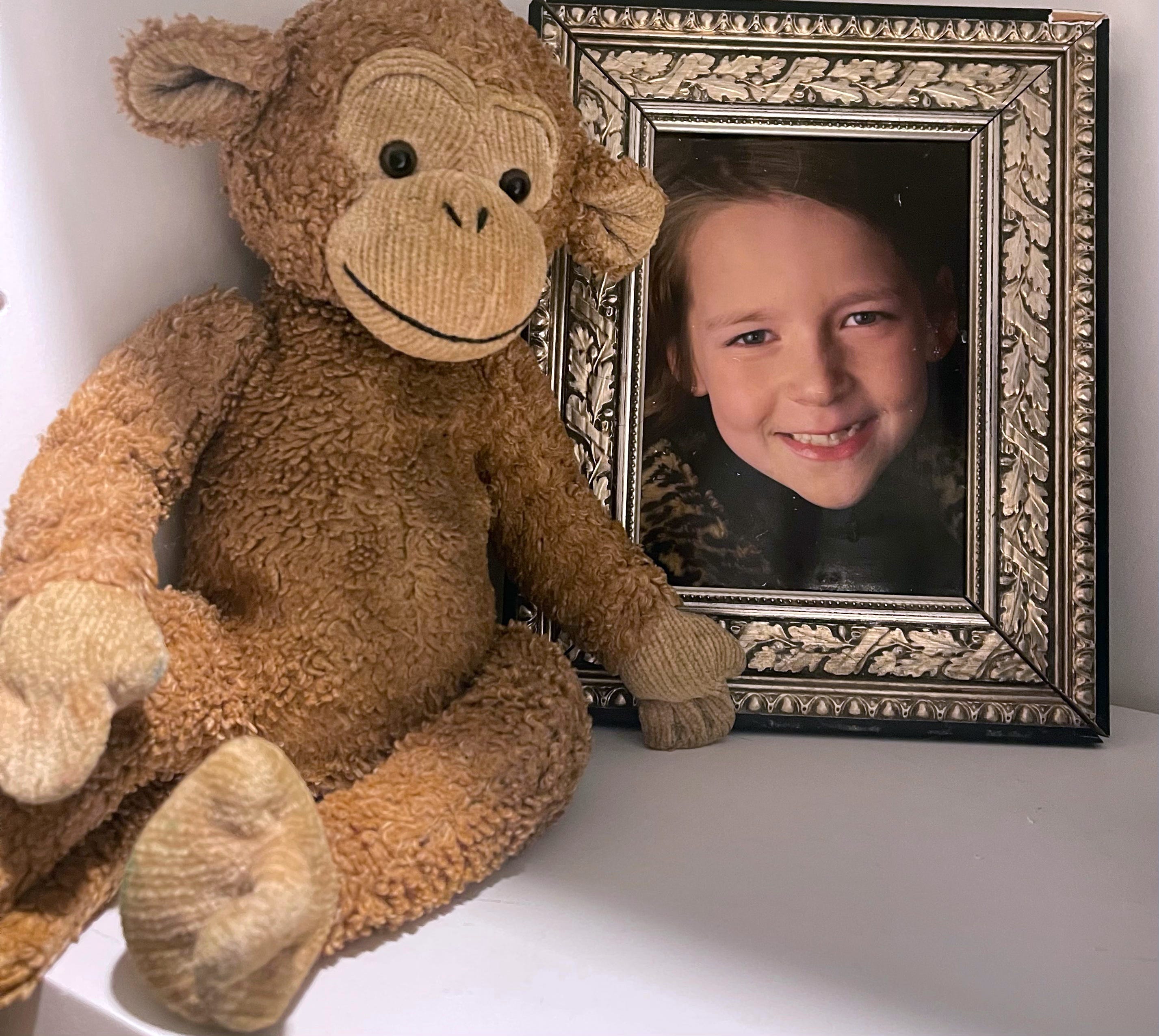
USA TODAY Network-North Carolina spoke to her, numerous other survivors and experts and reviewed years of state investigative records during a wide-ranging, seven-month examination of psychiatric residential treatment facilities for children across North Carolina.
That first evening at the Strategic facility, Elizabeth was shown to a room that would be her living quarters for the next four and a half weeks. Nobody checked on her, she said. Staff ordered her to stay there; they would bring meals.
There was no clock. It seemed like hours. She felt ignored and unsafe. And she was getting hungry. About 9 p.m., staffers finally brought her dinner, a ham sandwich.
As her ensuing month-plus stay at Strategic unfolded, the environment fed her anxiety. She saw staffers threaten girls with restraints and sedation. It was deployed gratuitously, she felt.
She would punch walls when she had panic attacks and have to be sent to the padded room. Her hand would swell up “like a Mickey Mouse glove” and splotch with bruises. Elizabeth was X-rayed to see if any bones were broken.
In her view, the locked facility’s biggest failure was that she never got what she came for: treatment. The therapist saw her once, and the psychiatrist twice, each for five-minute intervals.
Amy Dickey, her mother, said in hindsight that her daughter should never have gone to the Charlotte psychiatric unit. At the time, the concerned parent was just trying to navigate North Carolina’s mental health maze so her daughter could find solutions.
“I didn’t know any better,” Amy Dickey said.
It’s a trap that has ensnared many parents and their children in North Carolina.
Other kids are caught in the jaws of the same psychiatric youth center system, too, but without reliable parents like Amy Dickey trying to help them.
They are the invisible children the state itself has shunted to psychiatric centers from a beleaguered foster care program that disproportionately controls the lives of Black and brown kids in North Carolina.

'Inhumane and irresponsible. It is a government failure.'
On any given day, hundreds of children from North Carolina eat, go to school and sleep inside locked psychiatric facilities that operate almost entirely outside public view.
In these facilities, behind walls that few outsiders can penetrate, sometimes unspeakable things happen to them. Our "Locked Away" investigation discovered the magnitude of the problem as we reviewed hundreds of investigative reports and spoke to survivors. Many kids don’t get help. Others never needed institutional care in the first place. Some are hurt.
An employee at Jackson Springs Treatment Center near Fayetteville who had served time in prison for second-degree murder repeatedly punched a boy in the face, records show.
He broke the child's eye socket.
No one sent for medical treatment for the boy. Four days later, he finally was taken to the hospital.
A worker at Carolina Dunes Behavioral Health near Wilmington sexually exploited a 14-year-old girl, according to a state investigative report. The staffer groomed the girl, and they communicated secretly through the use of a notebook the child kept hidden.
The girl "sabotaged her treatment and discharge by staying up all night in an effort to maintain a relationship" with the adult caretaker, according to records.
Reports like this are not uncommon in some hard-to-find state records, in federal advocacy research and in personal testimonies collected from around North Carolina by our team of journalists on the "Locked Away" investigation.
The consequences are lasting.
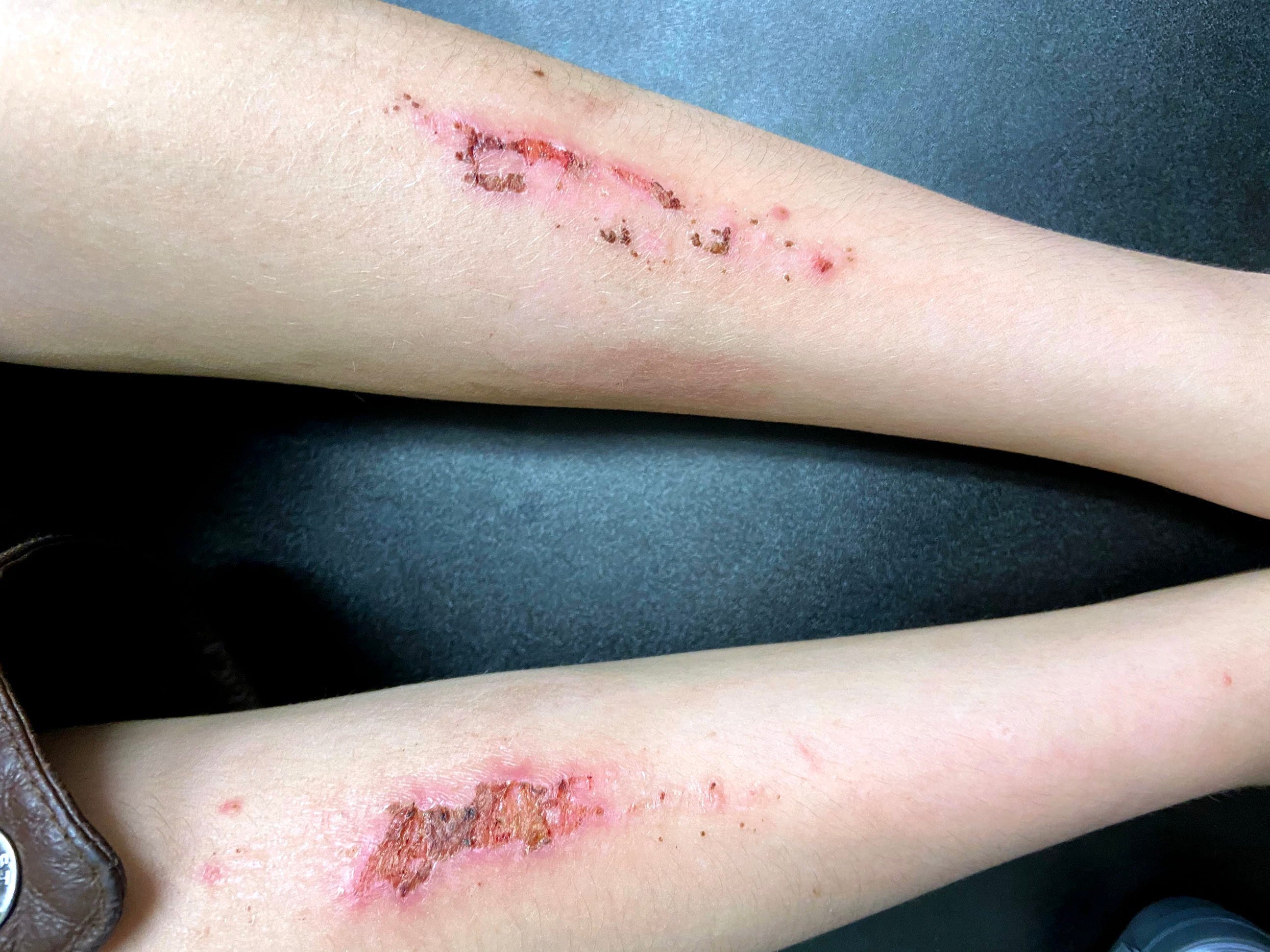
Across the country, children sent to these centers — which are not mental health hospitals — are less likely to graduate high school and more likely to go to prison than most other young people.
USA TODAY Network studied about 40 psychiatric residential treatment facilities across the Carolinas and seven other states. Our reporting sought to understand how well one state, North Carolina, carries out a life-altering responsibility: the care and protection of kids who’ve been abused and neglected.
Psychiatric residential treatment facilities are supposed to provide safe, 24-hour care for kids with severe mental health and behavior problems. The government pays the bill for many of the youths, who are under the supervision of the state foster care system because they have been mistreated at home.
A review of inspection records, state and federal reports and other data made clear what is happening to them and many other youngsters. North Carolina warehouses kids in psychiatric residential treatment facilities because state lawmakers have not paid for alternatives that research suggests is cheaper and more effective.
“We are ruining people’s lives, and we’re doing it in the most expensive way possible,” said State Rep. Verla Insko, an Orange County Democrat, who serves on the North Carolina Legislature’s Joint Legislative Oversight Committee on Medicaid and Health Choice. “It’s inhumane and irresponsible. It is a government failure.”
Children suffer broken bones, sprains and bruises at the hands of poorly trained and low-paid employees, our investigation found. Some endure bullying and sexual abuse from other teens when workers fail to properly supervise them.

One grandmother’s worry
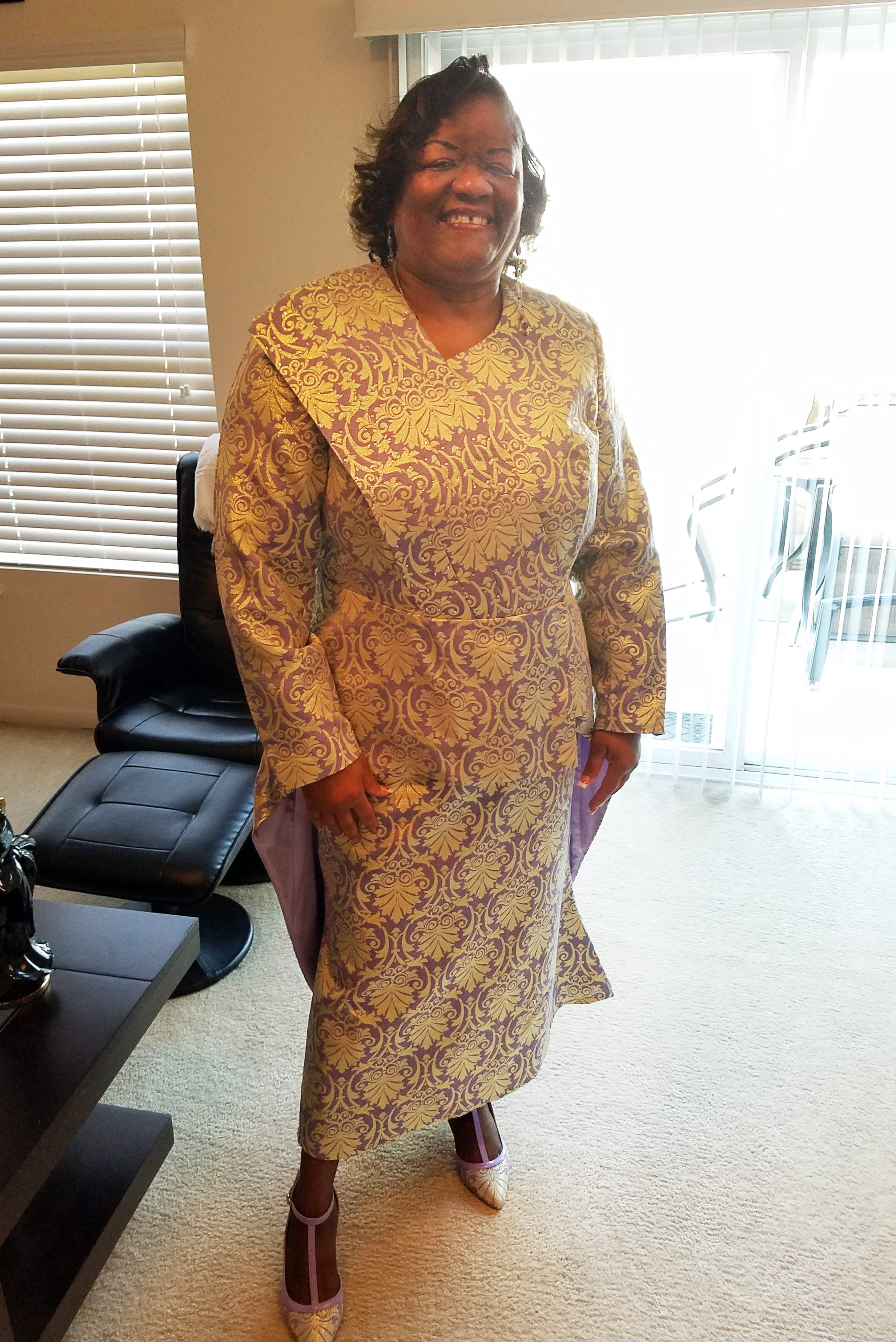
Brenda Ballard says her granddaughter has stayed in three psychiatric residential treatment facilities in less than two years. The girl continues to harm herself.
Ballard now spends her days worrying about her and fighting with state agencies over how she has been treated. “We are in fear every time the phone rings that we have lost our granddaughter,” Ballard said.
She and her husband, who live in Charlotte, are Mi’Cayla’s permanent legal guardians.
The girl’s mental health deteriorated a couple years ago when she was bullied on social media about her physical appearance.
Mi’Cayla, who has been diagnosed with bipolar disorder, depressive disorder and post-traumatic stress disorder, reacted as many vulnerable children with this type of disability do. She cut her arms, she cut her legs and she cut her abdomen with sharp objects. She has suicidal thoughts.
Mi’Cayla has been punched, kneed and had her hair pulled by other psychiatric center clients, her grandmother said. That leads her to harm her own body as a way to stem a tide of negative thoughts.
The girl is now staying at the psychiatric residential treatment facility at Brynn Marr Hospital in Jacksonville, North Carolina.
On a recent day, Ballard got more bad news. Mi’Cayla had tested positive for COVID-19.
“The whole system is broken,” Ballard said.

‘Nowhere else to go’
The state Legislature, the governor’s office and agencies responsible for protecting children were warned more than a decade ago about the dangers inside some psychiatric residential treatment facilities.
Federal and state research reports dating back to at least 2007 detailed abuses and ineffective treatment and recommended less use of the centers and other institutional care to treat children and others with mental illness. Since then, the number of facilities in North Carolina has only grown.

By 2019, there were nearly 1,100 beds in the state, a 119 percent increase from 2010, according to Disability Rights North Carolina, a watchdog that monitors facilities on behalf of the federal government.
Lanier Cansler, former secretary of the North Carolina Department of Health and Human Services, said kids who were never meant to be there are being locked into psychiatric residential treatment facilities.
“There is nowhere else to put them,” Cansler said.
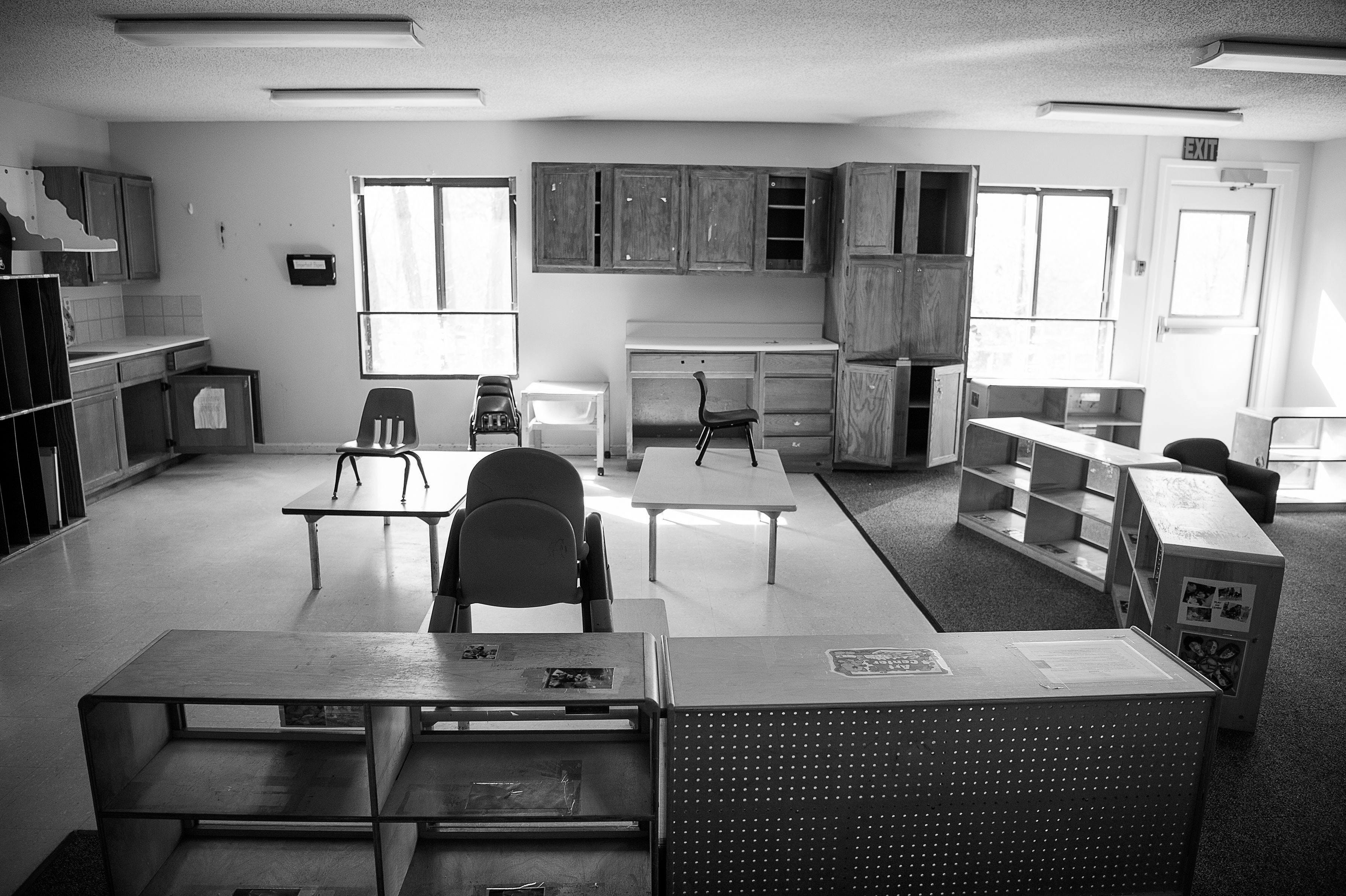
A few other states offer more community-based services where foster care kids can remain home while getting treatment instead of going into a psychiatric residential treatment facility or another institution.
Research from nine other states shows that children felt better, improved in school and used and abused drugs and alcohol less often when they had community-based alternatives.
Worried about costs, North Carolina has limited the role of community-based services in favor of privatization.
State lawmakers set aside $47.5 million that would pay for the services after the U.S. Supreme Court ruled in 1999 that people with disabilities had the right to treatment in their communities or the “least restrictive environment” possible.
Since then, North Carolina legislators instead spent most of the money elsewhere and failed to build up a network of quality community service providers, said a scathing report released by the state earlier this year.
USA TODAY Network-North Carolina called or emailed the 12 members of the General Assembly’s Joint Oversight Committee on Medicaid and NC Health Choice. Only Insko, the Orange County Democrat, responded.

A trip to Carolina Dunes goes badly
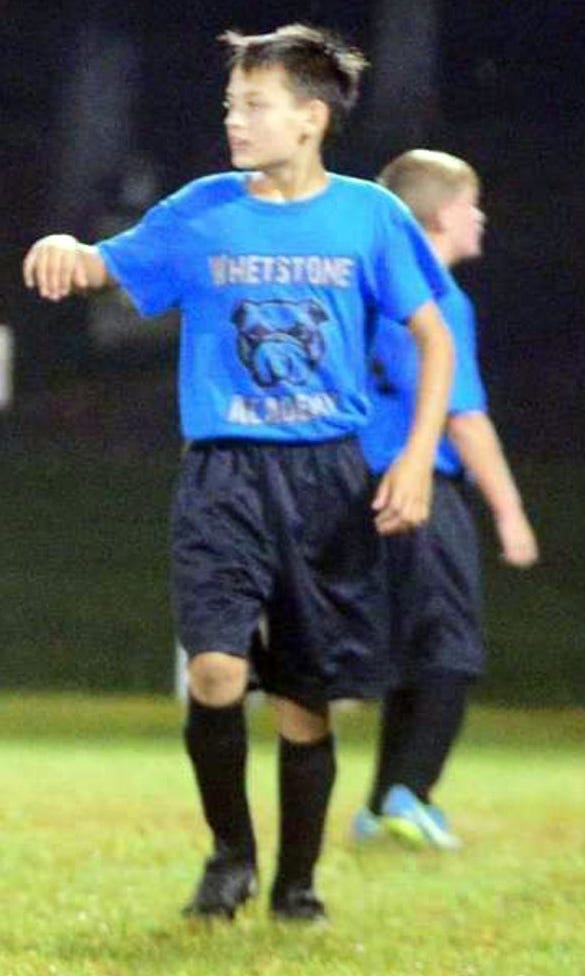
By the time Alex Matthews arrived at Carolina Dunes, the child from Durham was already a veteran of psychiatric treatment centers.
Matthews had moved through facilities since the age of 13, first to one in Utah, then to one in South Carolina and then a third in Connecticut.
He was short and angular, with tightly cropped brown hair. Matthews speaks of his past with a perspective that belies the fact that he, at age 17, remains a juvenile.
Officially, his diagnosis at the time included ADHD and oppositional defiant disorder. His mental health challenges made him a handful, he said.
Resentment he felt toward his mother caused him to break things around the house and dip at school from being a great student to a poor one to being unable to attend at all.
Eventually, Matthews ended up at Carolina Dunes, a center outside of Wilmington in southeastern North Carolina.
On his first night, his air-filled pillow deflated when he rested his head on it. He slept on a towel instead, that night and every night for the next five months.
The food, he said, was awful. When he tried to eat breakfast, the inedible, liquidy eggs often sluiced around his plate.
USA TODAY Network reached out to Strategic Behavioral Health, which owns Carolina Dunes, but was told the company had no comment.

No evidence of effectiveness
A team of researchers from the University of North Carolina reviewed 230 studies of psychiatric residential treatment facilities from around the nation and found there was no evidence that they were effective.
The "dearth of research supporting the effectiveness of interventions delivered in (psychiatric treatment centers) should be alarming to families, advocates, practitioners, and policymakers,” they wrote in a report published last year.
Roderick Rose, one of the researchers, said psychiatric residential treatment facilities offer evidence-based therapy less often than community-based services.
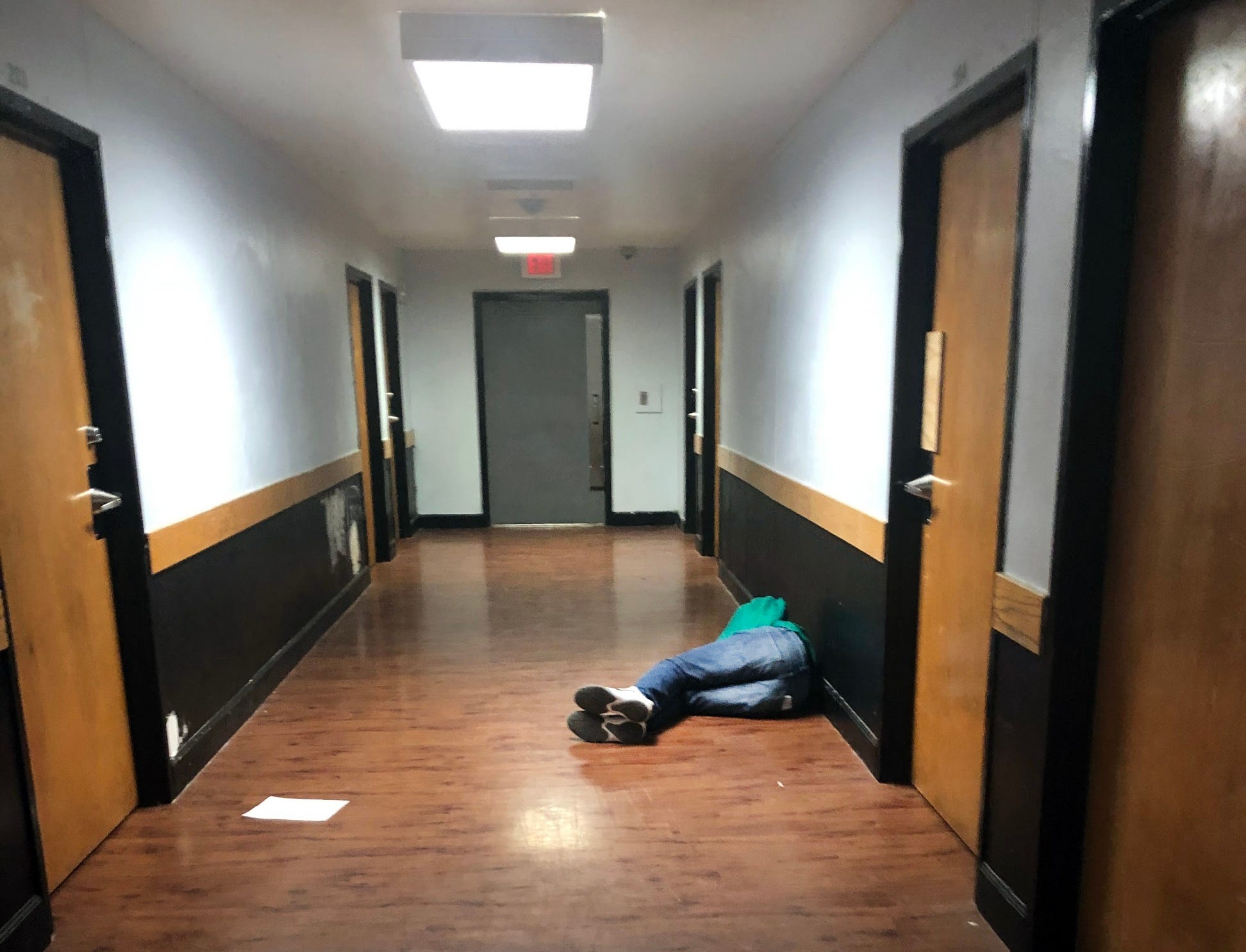
Instead, kids in psychiatric centers are given a lot of pills.
“It’s cheaper to prescribe a kid a drug than it is to spend an hour, an hour and a half with them doing this practice,” Rose said.
In North Carolina, managed care organizations help the state decide how to spend Medicaid money and oversee psychiatric residential treatment facilities.
Craig Martin, chief medical officer for Vaya Health, a managed care organization, said officials are trying to put more kids into community-based programs. Putting kids in these locked facilities instead can have unintended consequences, he admitted.
“One, you're putting them with a lot of other kids who may have problems and they may learn new things that are not good rather than better coping skills,” he said. “The other thing that happens is the family and the community may get used to not having that kid around and they say, ‘Our life is better because we don't have a challenging kid to care for.'”
Transforming North Carolina’s system is going to take time, Martin said.

What happened to Elizabeth
Elizabeth Dickey can’t escape memories of her time in different locked North Carolina psychiatric wards.
In one North Carolina hospital unit, at night during a drill, staff from the children’s wing left to tend to patients on the connecting adult unit. There was one staff member left behind, but then they disappeared.
That night, an older boy dragged Elizabeth into the bathroom and raped her.
As he pushed himself on her, she thought she was going to die. She was 13.
At Strategic two years later, the new wounding inflicted on her was isolation and loneliness. She learned some of the girls had been there for months, others over a year.
Elizabeth weighed 90 pounds and took 125 milligrams of Seroquel a day; it made her feel like a zombie.
How long would she stay? She wondered if she needed to be there. Her behavioral issues did not match the magnitude of what she witnessed other children exhibiting — extreme behavioral and physically violent episodes.
The screams of the little girl restrained in front of everybody still haunt her. The kid attacked a staff member and cried and flailed until staff subdued her. Once inside her room, she screamed and screamed.
Elizabeth and the other girls watched the whole incident play out and were upset. Staffers sat in the hallway on their phones, disengaged.
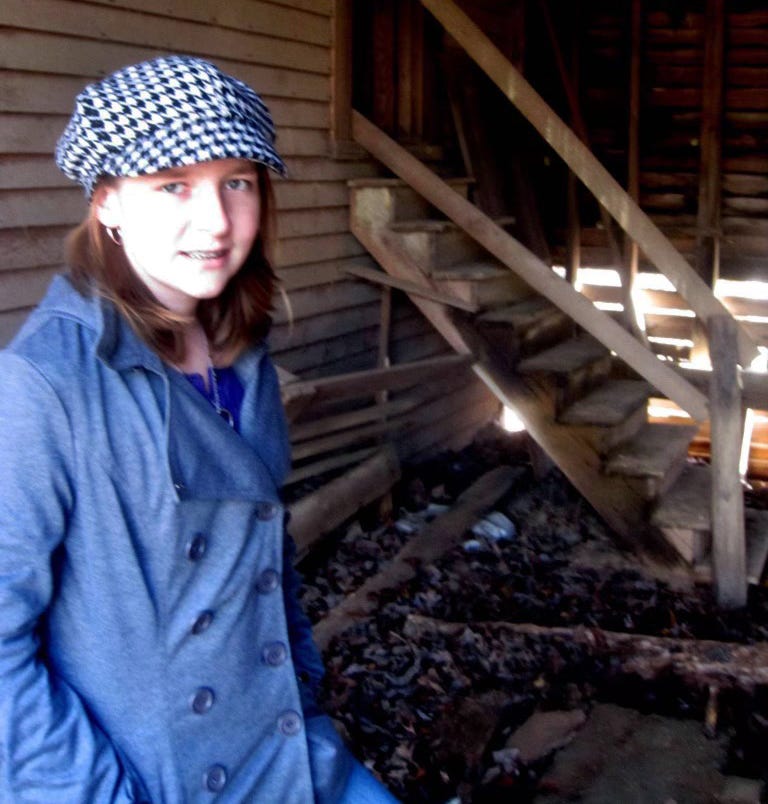
Employees threatened her with the same restraints and sedation if she didn’t calm down. It frightened her.
She began to comb her hair more often to soothe herself. Staffers took her brush away, so she ran her fingers through her hair and rocked back and forth.
Elizabeth's parents weren’t getting answers on how their daughter was doing. They were supposed to have family therapy. Amy Dickey wondered if her daughter was getting therapy or schooling. She couldn’t get a straight answer. “I didn’t feel everything was right,” the mother said.
Strategic officials finally got back to her, and said snow had delayed therapy and school for the kids. It made no sense.
Families could visit once a month, so the family pastor decided to visit and report back to them.
When he came by, Elizabeth didn’t make eye contact with him. She told him she’d seen a therapist only once. He thought she was getting worse.
A week after the pastor’s visit, Amy Dickey and her husband made the trip to get their child out. Officials told her parents it was against the therapist’s suggestion.
They took their daughter, who had a big bald spot on her scalp, and left.
Later, the facility would hit a turning point.
In one incident, someone broke a window and 10 children escaped. Marred by numerous allegations such as physical violence against patients, verbal and sexual abuse, the Charlotte branch of Strategic Behavioral Health off Sharon Road eventually closed.
Facilities for children with reports similar to these remain open in every region of North Carolina.
— Fred Clasen-Kelly is the lead reporter for "Locked Away" and recently published the "Segregated by Section 8" investigation. He is an award-winning enterprise and investigative journalist based in Charlotte, North Carolina, and is the Housing & Social Justice Ramifications reporter for USA TODAY Network-Southeast. Send story tips to fclasenkelly@gannett.com.